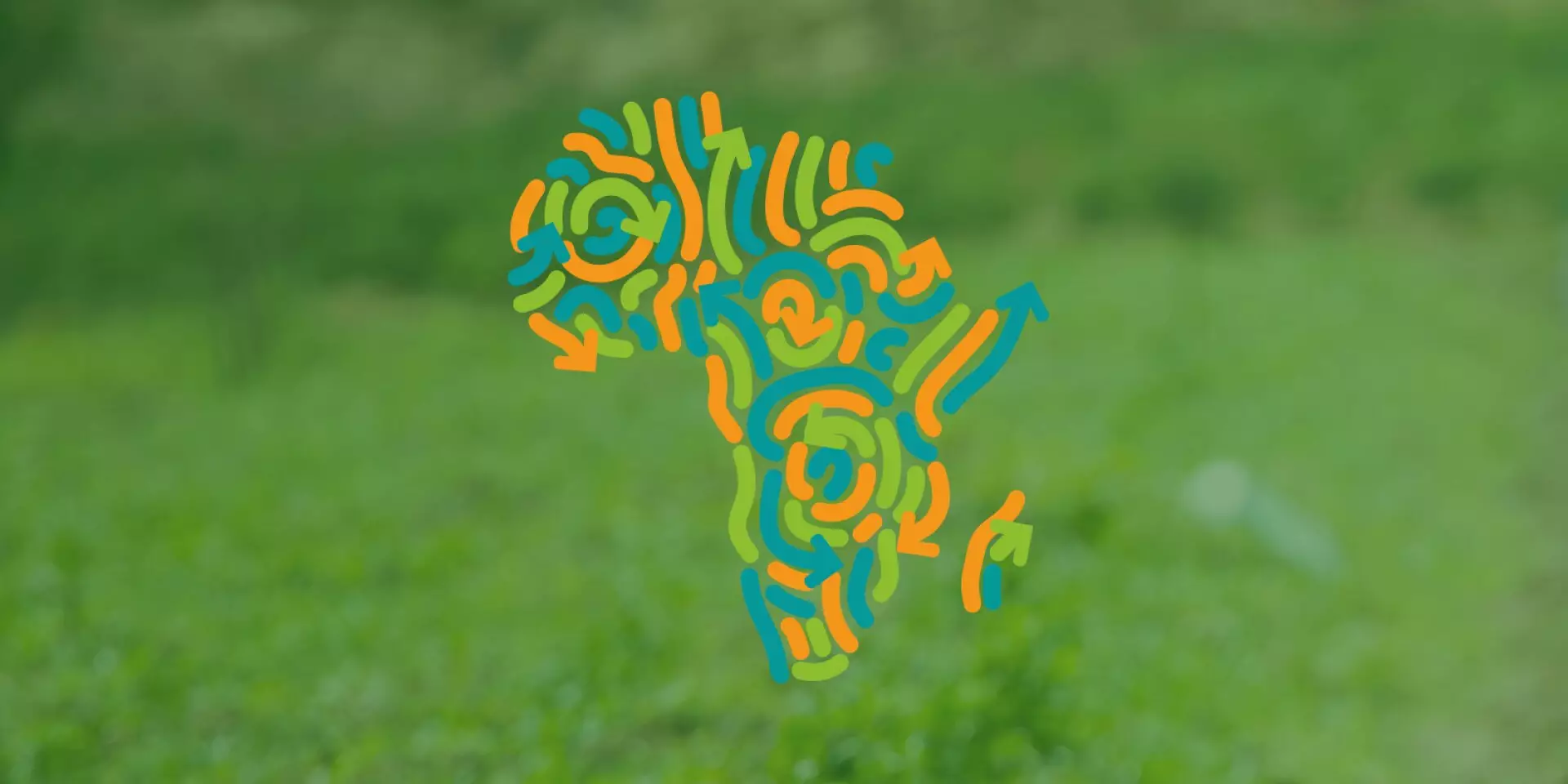As climate change continues to wreak havoc across the globe, Africa stands at the forefront of this existential crisis. The continent experiences some of the most severe impacts, especially in vital sectors like agriculture. According to the African Development Bank, the funding dedicated to climate adaptation in Africa is alarmingly insufficient, amounting to just $30 billion annually, whereas a staggering $277 billion is required. This staggering imbalance not only reflects inadequate financial resources but also highlights systemic failures in national adaptation policies across the continent.
Recent research led by notable organizations such as The Alliance of Bioversity and the International Center for Tropical Agriculture sheds light on the shortcomings of African national adaptation policy documents. A thorough examination of 53 Nationally Determined Contributions (NDCs) and 15 National Adaptation Plans (NAPs) conducted by these researchers reveals a troubling pattern: most policies lack the comprehensive, consistent, and detailed information necessary for effectively tracking and managing adaptation efforts. This gap not only hampers investment flows but also complicates the measurement of progress in tackling climate impacts on the continent.
Assessing the Current Landscape of Adaptation Policies
The assessment focused on three pivotal criteria: the breadth of information on adaptation, the coherence of the information provided, and the quality of indicators used. Shockingly, the majority of reviewed documents fell short in meeting these criteria. In fact, only eight NAPs and four NDCs encompassed essential aspects such as risk and impact assessments, as well as planning, implementation, and evaluation frameworks crucial for tracking adaptation success.
Nevertheless, amidst the sea of inadequacies, there are commendable exceptions. Countries like Benin, Burkina Faso, and Ethiopia have developed relatively robust adaptation plans that illuminate the way forward. Their experiences provide valuable lessons not only for their counterparts within Africa but also for the international community gearing up for crucial climate discussions.
Disparities in Adaptation Policy Effectiveness
What is striking about this analysis is the variability in the quality of adaptation plans across different nations. The inconsistency in the information provided within NDCs and NAPs suggests that a one-size-fits-all approach is not viable. Countries such as South Africa, known for its sophisticated policies, stand in sharp contrast to nations like Uganda and Burundi, which exhibit substantial gaps in their planning frameworks.
The differential adequacy can be attributed to several factors, including institutional capacity, political will, and regional support systems. The engagement of partnerships, such as the African Group of Negotiators Expert Support, could be pivotal for fostering best practices and facilitating knowledge sharing among nations. This could mitigate disparities in policy effectiveness and lead to more cohesive adaptation strategies across the continent.
The Role of International Frameworks in Guiding Adaptation
The recent COP28 meeting and the establishment of the UAE–Belém Work Program to create indicators for the Global Goal on Adaptation (GGA) present a significant opportunity to establish robust adaptation-tracking frameworks. The GGA is intended to streamline national assessments, offering a potential lifeline for countries struggling to align their goals with global standards.
However, while the international agenda is essential, the emphasis has often been overly fixated on universal indicators. This narrow focus has relegated the significance of existing national policy processes, totaling undercutting the potential for genuinely localized adaptation strategies. The authors of the study advocate for a paradigm shift—a renewed focus on tailoring indicators that reflect national priorities, risks, and adaptation needs rooted in specific contexts.
Harnessing Lessons for Future Adaptation Efforts
The upcoming deadlines for new NDCs and NAPs in 2025 and 2030, respectively, serve as a critical juncture. These milestones offer a robust platform for nations to fortify their adaptation frameworks by ensuring comprehensive and synchronized information delivery. The call for country-driven approaches emphasizes the urgency of bottom-up strategies in tracking adaptation efforts, making it paramount for nations to leverage successful examples to construct their unique adaptation narratives.
It’s crucial to recognize that reinventing the wheel is not a prerequisite for effective adaptation tracking. Numerous compelling NDCs illuminate pathways toward resilient futures, encouraging other countries to capitalize on these insights with support from continental and global partners. Doing so can pave the way toward a unified approach, one that not only meets international commitments but also genuinely addresses the climate vulnerabilities unique to the African continent.


Leave a Reply